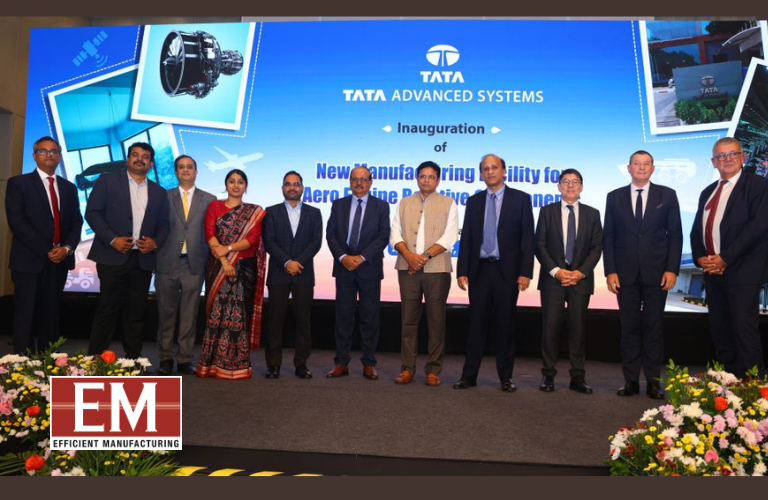The Flashpoint: Why 50% Tariffs?
On August 27, 2025, the United States escalated its trade confrontation with India by imposing a 50% tariff on Indian exports. The move effectively doubled earlier duties and was framed by former U.S. President Donald Trump as punishment for India’s continued purchase of Russian oil, which Washington believes indirectly funds Moscow’s war effort in Ukraine. This marked a sharp turn in U.S.–India economic relations, once hailed as a cornerstone of strategic partnership in Asia.
Economic Thunder: Who Pays the Price?
The short-term economic shock is substantial. Nearly 55% of India’s exports to America—worth almost $87 billion in 2024—are directly impacted. Major industries impacted are textiles, gems and jewelry, footwear, seafood, furniture, and chemicals. Of these, the seafood industry is among the most impacted: shrimp exports alone are estimated to fall by 15–18%, leaving almost $5 billion worth of trade jeopardized. Experts also caution that almost two million jobs associated with small and medium-sized exporters risk disruption. The consequences have not been limited to trade data only—financial markets retaliated with a steep equity sell-off, the rupee fell against the dollar, and export centers like Surat’s diamond trade ground to a halt.
India’s Counterstrike: Diplomacy and Domestic Action
The government of India has pursued a two-pronged response. Domestically, Trade Minister Piyush Goyal assured that India would “neither bow down nor appear weak.” He asked for more diversification of export markets and announced relief packages for affected sectors. One such was the extension of an import duty exemption on cotton until December 31, 2025, aimed at giving temporary relief to the textile sector. Prime Minister Narendra Modi, in turn, pushed the rhetoric of self-reliance, calling upon people to adopt “Made in India” items as a means of offsetting the impact on industries at home.
On the diplomatic side, India has shown resilience and not retreat. Although negotiations with the U.S. on trade liberalization had already faltered in mid-2025 due to disagreements in agriculture, dairy, tariffs, and oil imports, New Delhi has reiterated strategic autonomy. This entails the continuation of energy imports from Russia and increased commercial engagements with the EU, U.K., Africa, and Southeast Asia in order to make lesser reliance on American markets.
Diplomatic Fallout and Global Ripples
What is so jarring about these tariffs is their geopolitical connotation. The imposition of 50% tariffs is being characterized as the worst breakdown in U.S.–India relations in decades. It calls into question the stability of defense cooperation, the Quad formation, and other strategic forums that have been positioned for years as shields against Chinese encroachment. Respected commentators like Fareed Zakaria and former U.S. Ambassador Kenneth Juster contend that the tariffs reverse decades of bipartisan achievements in bilateral relations. Domestic opponents in the United States—led by Democratic lawmakers—have criticized the action as “ignorant” and counterproductive, adding that increased tariffs increase the costs of American consumers as well as stress relations with a critical Asian ally.
Strategies and Scenarios for the Road Ahead
India is now pursuing a multipronged strategy to blunt the impact. Economically, this includes diversification of exports, domestic relief packages for MSMEs, loan moratoriums, and currency adjustments—with the rupee’s depreciation expected to partly restore competitiveness in overseas markets. Diplomatically, India is simultaneously consolidating ties with Russia, preparing for Prime Minister Modi’s first China visit in seven years, and reinforcing its leadership role in BRICS and other multilateral forums.
At the same time, the American legal perspective cannot be discounted. A Federal Court of Appeals recently held that Trump might have crossed the bounds of executive power by unilaterally enacting such broad tariffs without legislation. Although the tariffs continue to apply during the appellate process, the decision puts in question the long-term legitimacy of these steps and might compel Washington to rethink the policy.
Last Word: A Strategic Reboot?
Trump’s tariff salvo is not just a trade war; it is a stress test of US–India relations. For India, the crisis is a chance to speed up self-reliance, diversify trade relations, and establish its strategic autonomy on the international stage. For America, it could alienate an important democratic friend in Asia at a moment when global power dynamics are already in transition.
The storm of 50% tariffs could thus mark a turning point, one that remakes not just bilateral trade but also the future shape of Asia’s economic and geopolitical order.












